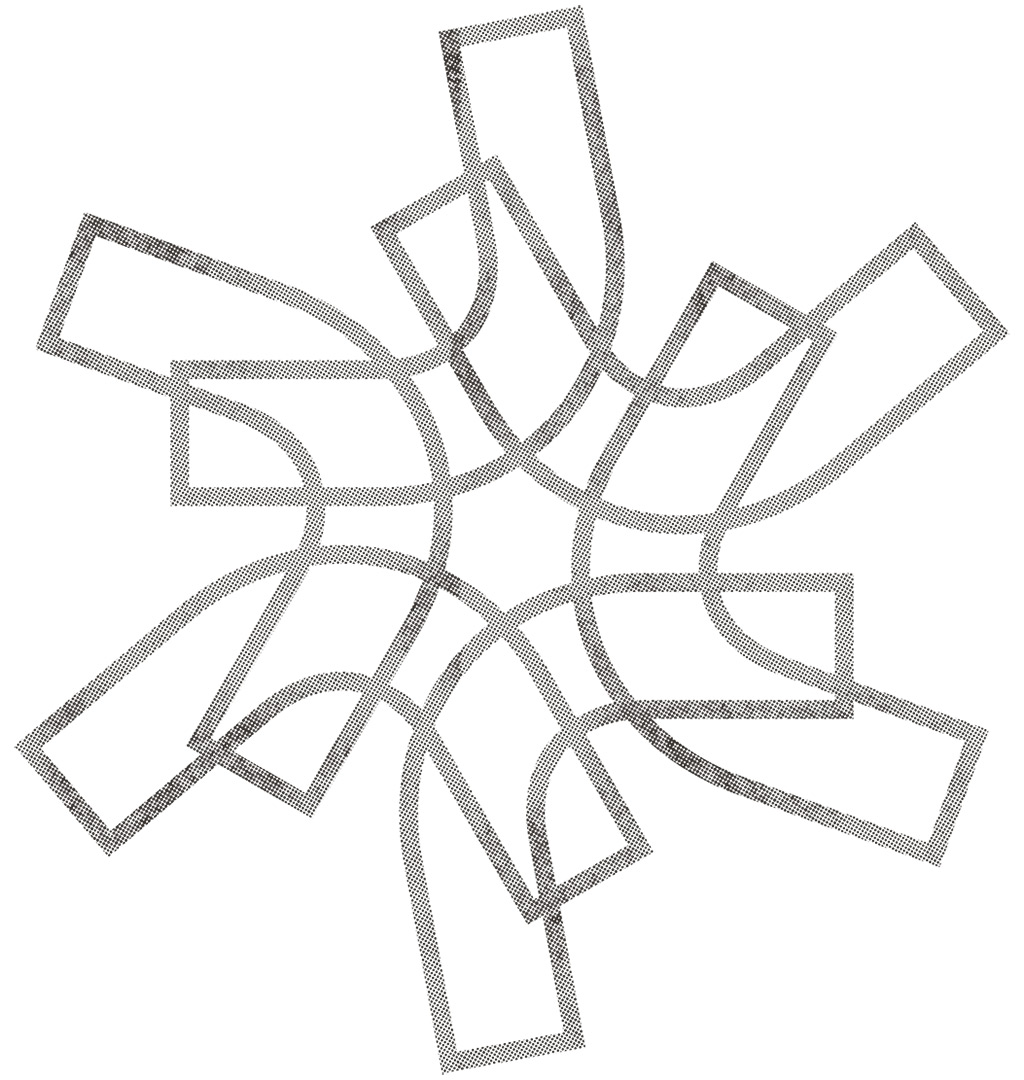下一步|繪製人類世地
Mapping the anthropocene
By Luca Tremolada
Let’s consider John Snow. No, not the fictional one from Game of Thrones. The real-life one, a British doctor who lived in mid-19th-century London. At the time, the capital of the United Kingdom was plagued by cholera. In 1854, there was a deadly outbreak in Broad Street, in Soho, due to a contaminated public water pump. At the time, cholera was believed to spread like an airborne virus; germs and bacteria had not yet been discovered, nor had the role of polluted water as a vector of infection. Snow did what is now a common practice in data-driven journalism: he geo-located the information available to him. In other words, he plotted a map of the city's boroughs, noting the number of deceased and infected in each. With that, he came to realise that cholera affected rich and poor districts, densely populated areas and desolate roads alike. With a few exceptions, such as a suspiciously low mortality rate around local breweries. And he found the epicentre: the public water pump on Broad Street. Something strange was happening in the place where local residents went to collect their drinking water. Though they only had to put two and two together to see the connection, it wasn’t until many years later that Snow's map was properly understood, helping scientists to speculate as to the epidemiological dynamics of cholera.
This is all to say that, to modern data journalists, 1854 is year zero: marking data on a sheet of paper over time has become the most powerful metaphor there is for man's urgent need to measure his impact on the ecosystem. Almost 20 years later, Italian geologist Antonio Stoppani came up with his first theories about the Anthropocene. What has been called 'the age of humans’, a new geological epoch characterised by humankind’s footprint on the Earth’s ecosystem, arose precisely as the composite outcome of two technological-telluric movements: the digitisation of information that has turned knowledge into bits and bytes, and the arrival of the first Internet era, the 1990s, as free, wild and thoroughly hippy as the Californian programmers who built it. Like in a house of mirrors at a fun fair, data has become an open, inclusive and public good. Evidence of what we are and what we’ve done. Cultural awareness of our digital footprint has become something real, global and measurable. We have thus taken a snapshot, with a map, where 75% of the Earth's surface is occupied by man and his artefacts. Where 40% of the Earth is covered by crops. Where 50% of all forests have been lost.
But the ecological data that may help us understand the cultural and social environments in which we live is not enough. We need new indicators, more knowledge and greater transparency. The Covid-19 pandemic, after all, has accelerated a process that was already underway. For the first time, we can see clearly that the next political, ecological and financial battles will be fought in the arena of data. The Anthropocene, the new geological era that we still know very little about, is something immaterial, digital and accessible, thanks to data. Something that can be put on a map to predict the future, or prevent it entirely.



.jpg)